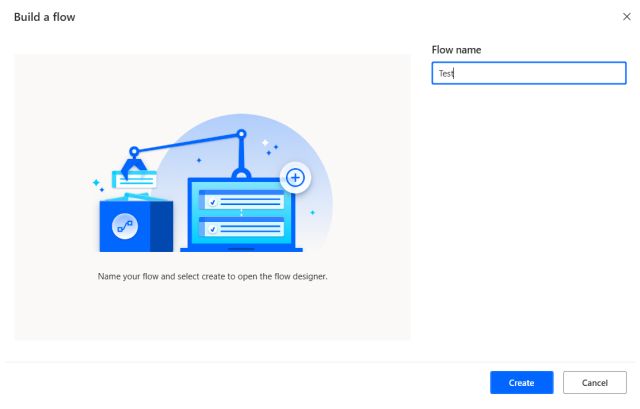


(A) less coding means more apps can be developed in a shorter span of time and (B) With low-code development, basic and quick apps like a visitor management app can be built by business users themselves. It leads to decreased costs for the organization in the long run because PowerApps combines less coding with automated testing. extend PowerApps with more than 200 connectors – especially useful for professional developers.develop low-code websites for external users by integrating Power BI reports and dashboards.generate immersive applications, which are tailor-made to solve individual business problems and can run on any device.use both canvas and model-driven scenarios to build apps specific to certain roles and tasks.access a host of advanced development functionalities – previously available to professional developers only.develop and launch no/low-code apps using in-built templates.Microsoft PowerApps uses an easy-to-understand interface with drag-and-drop simplicity and quick deployment. In fact, Gartner named Microsoft a leader in Enterprise LCAPs 2019 Magic Quadrant. The simplicity and low-code approach of the platform makes it popular and successful. Users with varying degrees of technical prowess can develop apps to address specific business needs, including HR, IT, finance, sales, customer management, process management, etc. Microsoft PowerApps is a Low-Code Application Platform (LCAP) that empowers pro and citizen developers alike to develop and deploy applications more quickly and seamlessly. Speaks volumes about the efficiency of PowerApps, doesn’t it?īut before digging deeper into its nuances, it is imperative to understand, “What is Microsoft PowerApps?”.


 0 kommentar(er)
0 kommentar(er)
